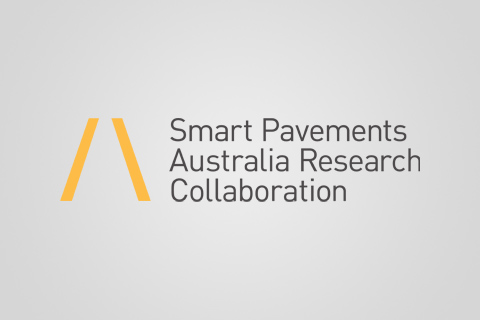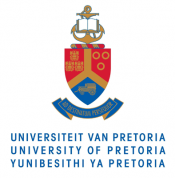
Project 4.8 (2020)
Background:
Australia has over 900,000 km road network which is its largest publicly owned infrastructure. It has a replacement value between $200 - $300 billion. Considering the extreme socio-economic significance of this infrastructure, regular inspections and monitoring of road network is required to maintain its longevity while providing a satisfactory service to the community.
AASHTO categorised transport asset maintenance strategies into two categories as reactive and proactive. Reactive maintenance refers to activities performed after the occurrence of a failure, and proactive maintenance is carried out to either prevent or postpone such failure from taking place. Preventive and predictive are the two types of proactive maintenance. Among which, predictive maintenance approaches have gained much importance in the recent years because of its potential to enhance maintenance objectives to optimise lifecycle cost, increase performance, optimise long-term planning, and ability to integrate risk management into asset management planning.
The most important aspect of a predictive maintenance strategy is forecasting the future condition of an asset. A review of the prediction models for highway assets in literature classified prediction methods into three subcategories based on the utilised approach as deterministic, probabilistic, and machine learning.
Deep learning, which is a technique of machine learning using artificial neural networks has evolved at an exponential rate during the past decade. The learning process of a computer when it is not explicitly programmed is referred to as machine learning. Machine learning investigates deep inter/intra-correlations and patterns in a data set by learning from the data with minimal human intervention. Artificial Neural Networks (ANN) have been widely used in civil engineering areas successfully because they are suitable for modelling complex problems. ANNs are capable of pattern classification, clustering, modelling, and optimization. In the past Recurrent Neural Networks (RNN) have been utilized for predicting rutting and Back-Propagation Neural Networks (BPNN) to predict roughness deterioration with good accuracy. Selection of the optimal neural network architecture and choosing proper training algorithm is are challenging issues in using machine learning for performance prediction.
Project objectives:
- Explore the existing pavement management knowledge and understand current practice using extensive review and partner support.
- Establish a smart pavement inventory with GIS integration.
- Evaluate existing smart inspection methods and identify the best suited method for purpose.
- Evaluate the accuracy and reliability existing pavement predictive models and Validate the models using the field data.
- Develop and integrate a self-calibrating algorithm to the pavement predictive models.
- Explore the possibility of automating the pavement management process.
- Dr Dilan Robert (RMIT University)
- Professor Sujeeva Setunge (RMIT University)
- Dr Filippo Giustozzi (RMIT University)






































